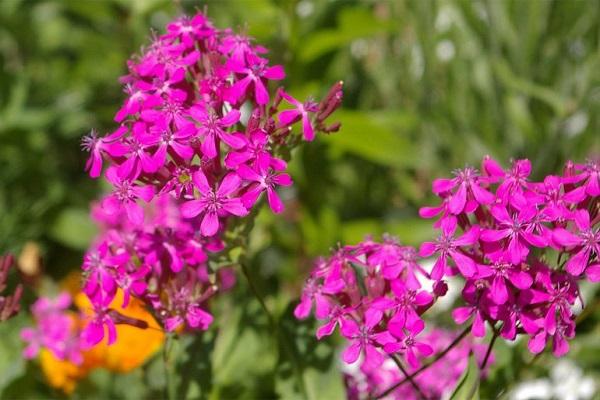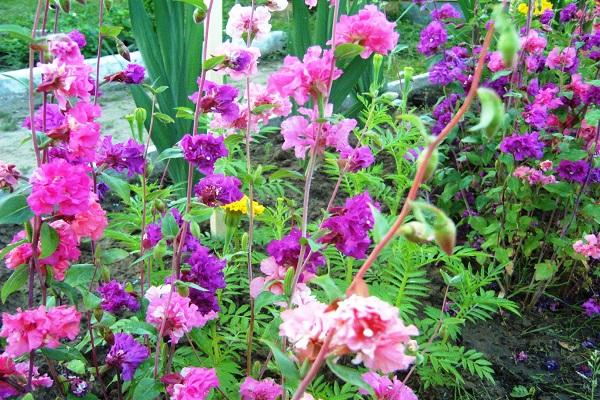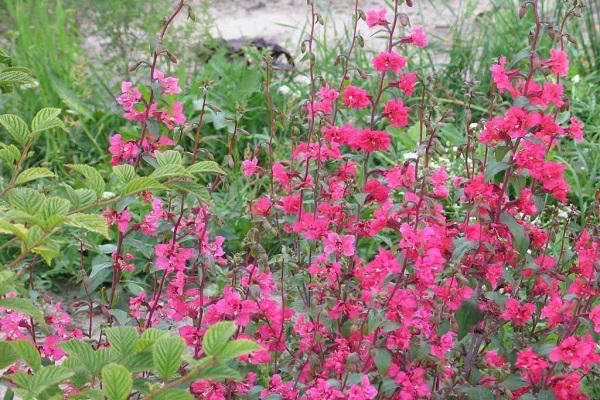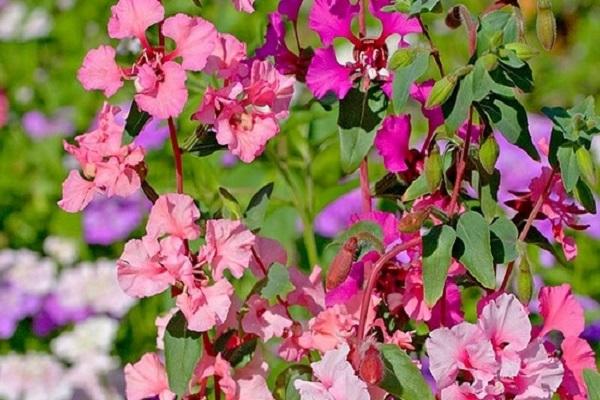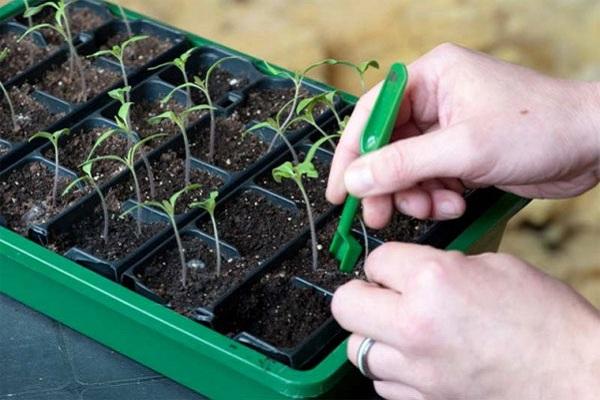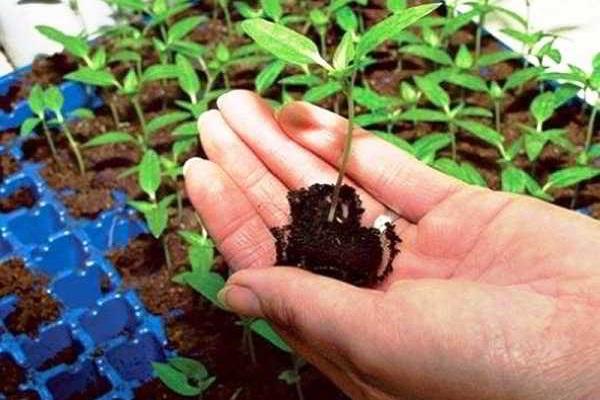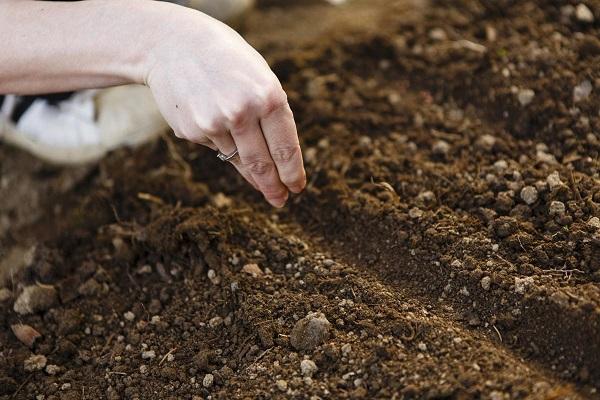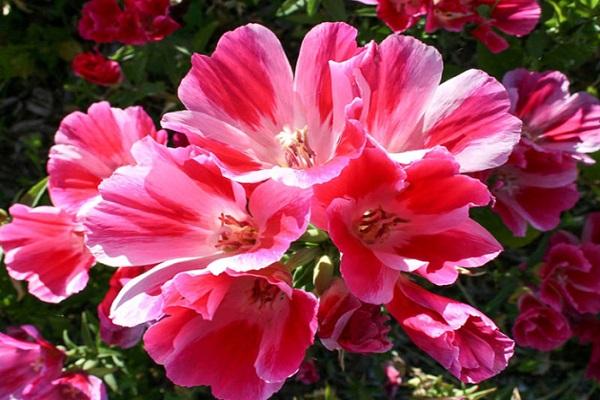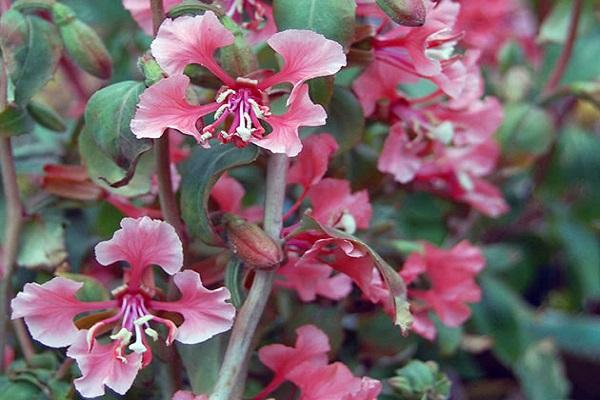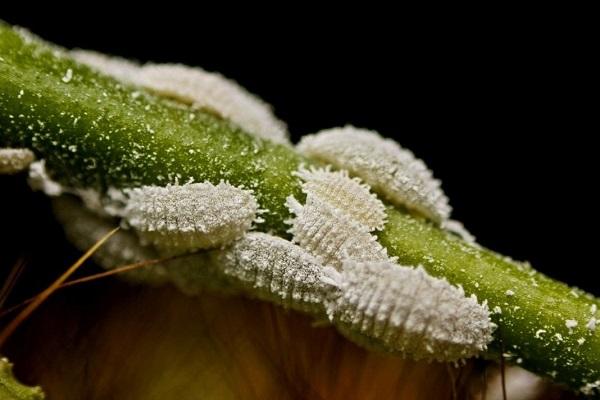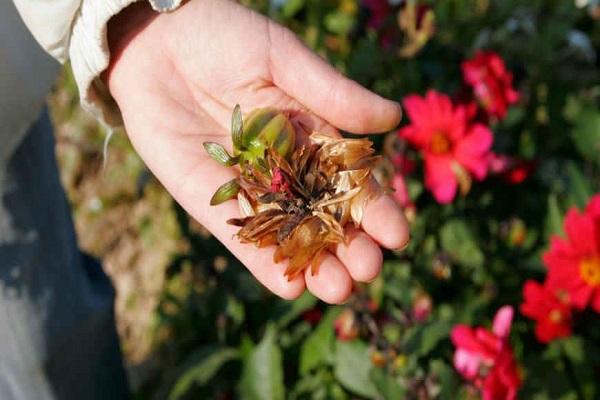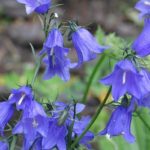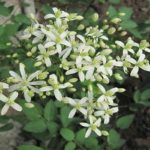The rules for planting and caring for the Clarkia flower are of interest to many gardeners. This is a very attractive crop that has a long flowering period. In appearance, the plant resembles a bush, which is dotted with sophisticated double flowers. They look like roses. Clarkias can have many shades, which allows you to choose the right variety. Flowers are white, pink, orange. There are also red and lilac crops.
- Description and features
- Kinds
- Terry
- Pretty
- Graceful
- Popular varieties
- Fantasy
- Albatross
- Salmon Perfection
- Sun
- Orange
- Ruby
- Purpurkening
- Joy
- Diamond
- Brevery
- Mix of colors
- Charm
- Sakura
- How to plant
- Selecting a location
- Soil requirements
- Deadlines
- Planting scheme
- Growing through seedlings
- Deadlines
- Preparation of planting material
- Sowing
- Temperature, light and humidity
- Dive
- Hardening
- Planting in open ground
- Care
- Watering
- Loosening and weeding
- Drainage system
- Topping
- Top dressing
- Tying up
- Preparing for winter
- Diseases and pests
- Rust
- Rot
- Downy mildew
- Mealybug
- Aphid
- flower midge
- Collection and storage of seeds
- Application in landscape design
- Combinations with other plants
Description and features
Clarkia is an annual herbaceous crop that reaches 90 centimeters. Flowers vary in color. They can form racemose or spike-shaped inflorescences. The plant is characterized by branched, straight stems covered with short hairs.
The leaves of the crop have an elongated or oval shape. They are bright green or have a bluish tint. The leaves are arranged alternately on the stem. The bush is distinguished by simple or double flowers. They have the correct shape. The flowers are 3.5 centimeters in diameter. They have a tubular cup. Towards the base the corolla narrows into a nail.
Kinds
The flower has different types. Each of them is characterized by certain features. This allows gardeners to choose suitable options.
Terry
This plant has very beautiful flowers. Height can be 25-65 centimeters. The flowers are 6 centimeters in diameter. They decorate the stems and look like a spike-shaped crop.
Pretty
The culture reaches a maximum of 30 centimeters. It can have double or non-double inflorescences. The plant begins to bloom in May. Moreover, this process continues until frost.
Graceful
This plant has a thin and branched stem, which is highly durable.The height of the crop reaches 90 centimeters. The leaves have a deep green tint. Inside there are reddish veins and teeth along the edges. The plant has single or double flowers that bloom in June. The culture fades at the end of September.
Popular varieties
There are many varieties of plants that have certain characteristics. Thanks to this, every gardener will be able to choose the best option.
Fantasy
This annual ornamental crop blooms quite luxuriantly. It reaches 75 centimeters in height. Double flowers have different colors. Clarkia is used for cutting. Flower beds are decorated with it. In this case, single or group plantings are used.
Albatross
This spectacular plant has double flowers. They are white. The bush has a branched structure. It reaches a height of 0.75 meters.
Salmon Perfection
This is a fairly tall crop. The height of the bushes reaches 80-100 centimeters. The plant is decorated with double inflorescences of a soft pink hue.
Sun
The height of the crop reaches 60-70 centimeters. It is characterized by double flowers of a delicate salmon hue.
Orange
The height of this bush reaches 50-60 centimeters. It is decorated with beautiful double inflorescences. They have a rich orange hue.
Ruby
The plant of this variety reaches a maximum of 60 centimeters in height. It is decorated with many flowers. They have a rich ruby hue.
Purpurkening
This crop reaches 80-90 centimeters. It is characterized by double flowers. They are distinguished by a bright red hue.
Joy
The plant has thick and straight stems that reach 40-60 centimeters. The crop begins to bloom 2 months after planting. The flowers are arranged from bottom to top.Their shades can be different - from bright pink to crimson. The flowers are 3-4 centimeters in diameter. The flowering period lasts quite a long time.
Diamond
This variety produces dense branches. It blooms luxuriantly. The height of the bushes is 60-80 centimeters. In July, the bush is covered with many flowers. Each of them is 4 centimeters and differs in red-pink color. The axillary flowers of clarkia remain on the bushes almost until the end of September.
Brevery
This plant variety began to be cultivated later than others. The variety is resistant to frost and does not need to be grown by seedlings. The stems of the crop branch well, which helps to form a compact bush.
At the top of the shoot there are small flowers. Their diameter is 3 centimeters. The flowers have pink petals that are cut into several parts. The plant has a pleasant aroma. It does not exceed 50 centimeters in height.
Mix of colors
The mixture of crop colors directly depends on the plant variety. There are different shades - purple, blue, red. There are also white and pink varieties.
Charm
This mixture has an attractive appearance. The plant is decorated with flowers of different pink shades.
Sakura
This variety is characterized by delicate flowers that appear in July. The plant has double inflorescences of a peach hue. They adorn the tall branched stem. Culture is used to form group compositions. It can also be used to create tall, beautiful bouquets.
How to plant
To grow clarkia, it is important to plant the plant correctly and provide it with quality care.
Selecting a location
This plant is perfect for places with drafts.The culture normally perceives the action of direct rays of the sun and partial shade.
Soil requirements
The culture needs light and fertile soil. This ensures good development of the plant and helps it bloom better. Heavy clay soil types are not suitable for the crop - it will develop much worse in such beds. Acidic soil is completely contraindicated.
Deadlines
It is best to plant Clarkia in the beds in the last week of May. If the bushes have grown greatly, this can be done 7-10 days earlier. A slight decrease in temperature parameters will not harm the plant.
Planting scheme
You should first add peat, humus and sand to the soil. This must be done in infertile soil. It is recommended to move plants with a ball of earth into shallow holes.
The top of the crop should be sprinkled with soil so that the growing point is close enough to the surface.
If the crop is too deeply buried, it will not be able to bloom and will stop growing.
Growing through seedlings
To grow clarkia, you can use the seedling method. To do this, you should follow certain recommendations.
Deadlines
Seeds should be planted in March or early April. This is done in shallow containers filled with loose soil. The planting material is shallow, so it is not recommended to bury it.
Preparation of planting material
In order for the seeds to hatch faster, it is recommended to prepare them properly. To do this, planting material is soaked in water or treated with special stimulants.
Sowing
First, the seeds should be mixed with sand and then scattered over the surface of the soil, lightly pressing them to the ground. Then spray the soil with a spray bottle and cover with film.
Temperature, light and humidity
The container with the seeds should be placed on a lighted windowsill.At the same time, it should not be exposed to direct rays of the sun. Sprouts will appear in 10-14 days. The optimal temperature is 20 degrees. Containers with seeds should be moistened when the soil dries out.
Dive
Seedlings should be plucked at an early age. Flower seedlings do not respond well to transplantation. When 2 leaves appear on them, it is better to transfer the sprouts to separate containers. It is best to use peat cups. They are then buried in the soil.
Hardening
Before transplanting seedlings into open ground, it is worth hardening them off. To do this, the containers with the plant are taken out into the fresh air for several hours.
Planting in open ground
Sprouts should be transplanted into open soil in small groups. It is important to maintain a distance of 20-35 centimeters between them.
Care
After planting the crop, it should be provided with high-quality care. To do this, it is recommended to water and feed the plant in a timely manner.
Watering
The amount of watering is affected by the frequency of precipitation. With constant rainfall and cool weather, the plant does not require additional moisture at all. In the remaining time, the clarkia is moderately moistened when the top layer of soil dries. Excess moisture provokes rotting of the root system.
Loosening and weeding
It is recommended to loosen the soil after each watering. This will provide oxygen access to the roots. To make the flowers comfortable, it is worth getting rid of withered buds and dry leaves in a timely manner.
Equally important is the removal of weeds and thinning of plantings. An interval of 20 centimeters should be maintained between plants.
Drainage system
It is recommended to install drainage in the garden bed. Broken brick or expanded clay are suitable for this purpose. Using a drainage layer will help avoid moisture stagnation.
Topping
When the main stem grows 12-15 centimeters, it should be pinched. This activates the formation of new shoots. This manipulation helps to properly form the bush and promotes an increase in flowers.
Top dressing
During flowering and bud formation, Clarkia needs feeding. Mineral fertilizers should be used once every 2 weeks. They are worth buying in flower shops. Organic products are not used for the plant.
Tying up
Immediately after planting, it is recommended to install supports for tying the bushes. At first, the plant has thin stems that can fall to the ground. If this happens, the bush may die. In addition, a lying flower does not look aesthetically pleasing.
Preparing for winter
After flowering is completed, the bushes should be trimmed and the soil should be dug up. If seeds fall into the soil, they can germinate next year. In winter, Clarkia does not need care. If you sow the seeds in the fall, they will overwinter under the snow and begin their development in the spring.
Diseases and pests
Clarkia can suffer from various diseases. Therefore, it is very important to identify and eliminate them in time.
Rust
In this case, the leaves become covered with red spots. They appear when planting crops in loamy soil. The cause of the problems is a fungus that attacks the plant when there is an excess amount of nitrogen or stagnation of liquid in the soil. To cope with the problem, the crop is treated with Bordeaux mixture 2 times a week.
Rot
If root rot occurs, a fungicide treatment may be required. It is also worth adjusting the amount of watering. The affected fragments should be cut off. If the clarkia is significantly damaged, it is removed and a new plant is grown..
Downy mildew
This disease is accompanied by the appearance of dark spots on the bottom of the leaves. As a result, they curl and crumble. The cause of the problems is excessive soil moisture. Fungicides and reducing the amount of watering will help cope with them.
Mealybug
If a flower is damaged by this pest, it is recommended to treat the crop with insecticides. If this method does not produce tangible results, the infected plant should be destroyed.
Aphid
This pest infects clarkia quite rarely. To cope with it, insecticides are used. An infusion of citrus fruits or garlic is suitable as a folk remedy.
flower midge
These pests attack clarkias that grow in waterlogged soil. Insecticides and garlic infusion will help cope with them. You can also place citrus peels in the root zone.
Collection and storage of seeds
To collect the seeds, the fading flowers should be tied with gauze. This will help avoid self-seeding. After 1 month, the seeds will be fully ripe. At this point they are allowed to be collected.
Application in landscape design
Clarkia complements group plantings well and looks impressive on paths. It is planted along the walls of buildings and fences. The plant serves as a real decoration for balconies and terraces.
Combinations with other plants
The culture can be combined with other decorative flowers. Clarkia goes well with peonies, roses, and asters. It can also be planted with phlox. Good combinations are obtained with delphiniums and oleanders.
Clarkia is a beautiful flower that fits perfectly into various compositions. To grow a strong plant, you need to provide it with quality care. To do this, you should adhere to the basic recommendations of experts.

